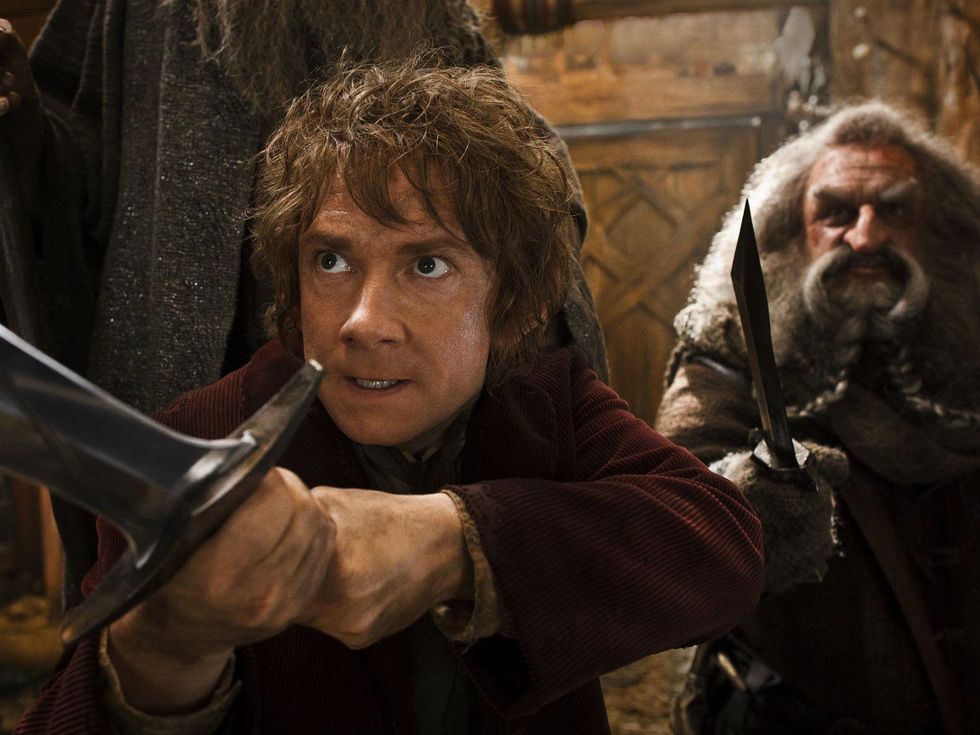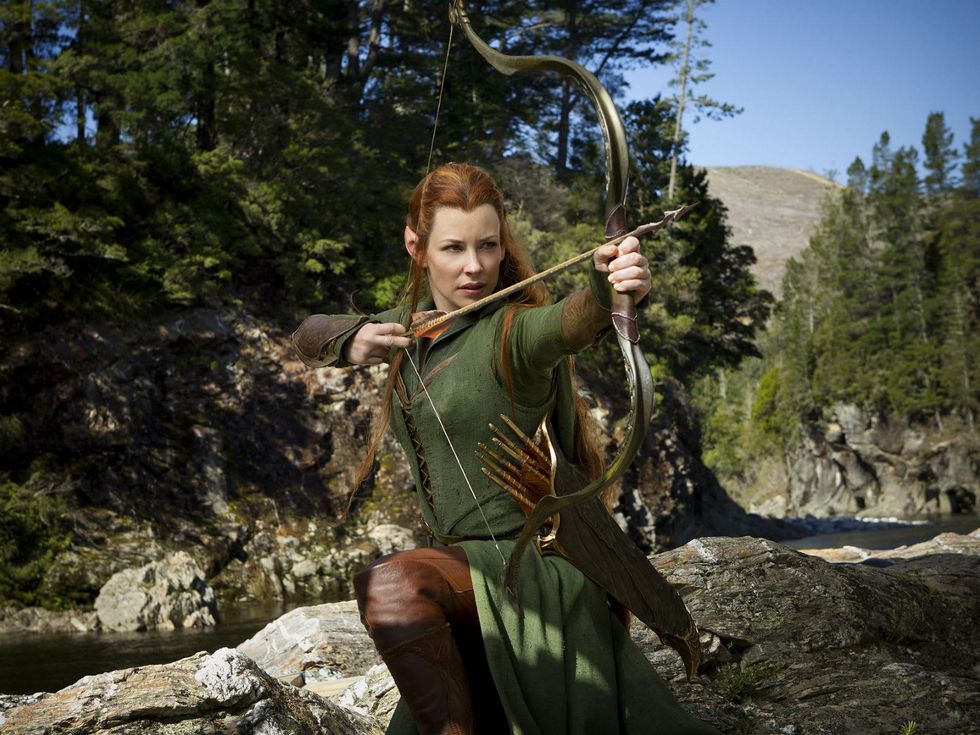Bilbo's Quest Renewed
The Hobbit: The Desolation of Smaug brings excitement back to Middle Earth
When The Hobbit: An Unexpected Journey came out in 2012, it was an undeniably fun return to Middle Earth, but it was missing that certain something that made The Lord of the Rings trilogy so captivating. In fact, although individual moments stood out, very little of the plot of the first film was memorable.
Fortunately, in the capable hands of writer/director Peter Jackson, remembering what happened in the first film doesn’t really matter when it comes to enjoying the second, The Desolation of Smaug. All you really need to know is that Bilbo (Martin Freeman), Gandalf (Ian McKellen), and 13 dwarves of varying attractiveness and skills are still on a quest to reclaim their homeland from a dragon named Smaug (voiced by Benedict Cumberbatch).
Dwarves of varying attractiveness and skills are still on a quest to reclaim their homeland from a dragon named Smaug.
This time, they still have a band of orcs on their tail, and they’ll have to deal with things like giant spiders, elves like Legolas (Orlando Bloom) and the newly created Tauriel (Evangeline Lilly), who don’t take kindly to their home being trespassed upon, and, most important, Smaug, who won’t give up his claim to the dwarves’ home and its treasure without a huge fight.
The success of The Desolation of Smaug can be roughly delineated between the first and second 90 minutes of the nearly three-hour film. The first half brings back the fun and excitement that permeated nearly every second of The Fellowship of the Ring.
Bilbo, like Frodo, is obsessed with the One Ring, using it at opportune times to outwit various enemies. The dwarves are alternately hilarious and heroic, with their individual personalities coming out much more this time around.
The action, at least in the first half, is also stepped up noticeably, with the presence of Legolas and Tauriel helping a great deal. The highlight of the film comes when Bilbo and the dwarves are forced to ride down a river in barrels, with orcs and elves in hot pursuit. The combination of humor, crowd-pleasing fighting and use of 3D in this sequence puts it up there against anything Jackson has done in the Middle Earth saga.
As film goes along, though, Jackson is unable to hold that momentum, mostly because he’s forced to slow down the pace in order to save enough story for the climactic third film. It’s here where the decision to split the slight book into three sprawling films is felt the most.
Seemingly minor detours involving Gandalf going his own way and one dwarf’s life being threatened by a poisonous orc arrow are returned to time and again as if they were of equal importance to the main plot. These side stories probably would not have been emphasized so much had Jackson not had to stretch the material.
This also applies to the appearance of and confrontation with Smaug, which should be ultra-exciting but ends up being relatively stagnant. The sequence contains much more talking than action, something you wouldn’t exactly expect out of a creature that can immolate anything within its general proximity.
Despite its faults, though, The Desolation of Smaug is a marked improvement over An Unexpected Journey. The ease of getting back into the story, the dedication toward delivering more memorable moments and the setting up of what should be an epic finale mean that it’s safe for fans of Middle Earth to return for another go-round.




